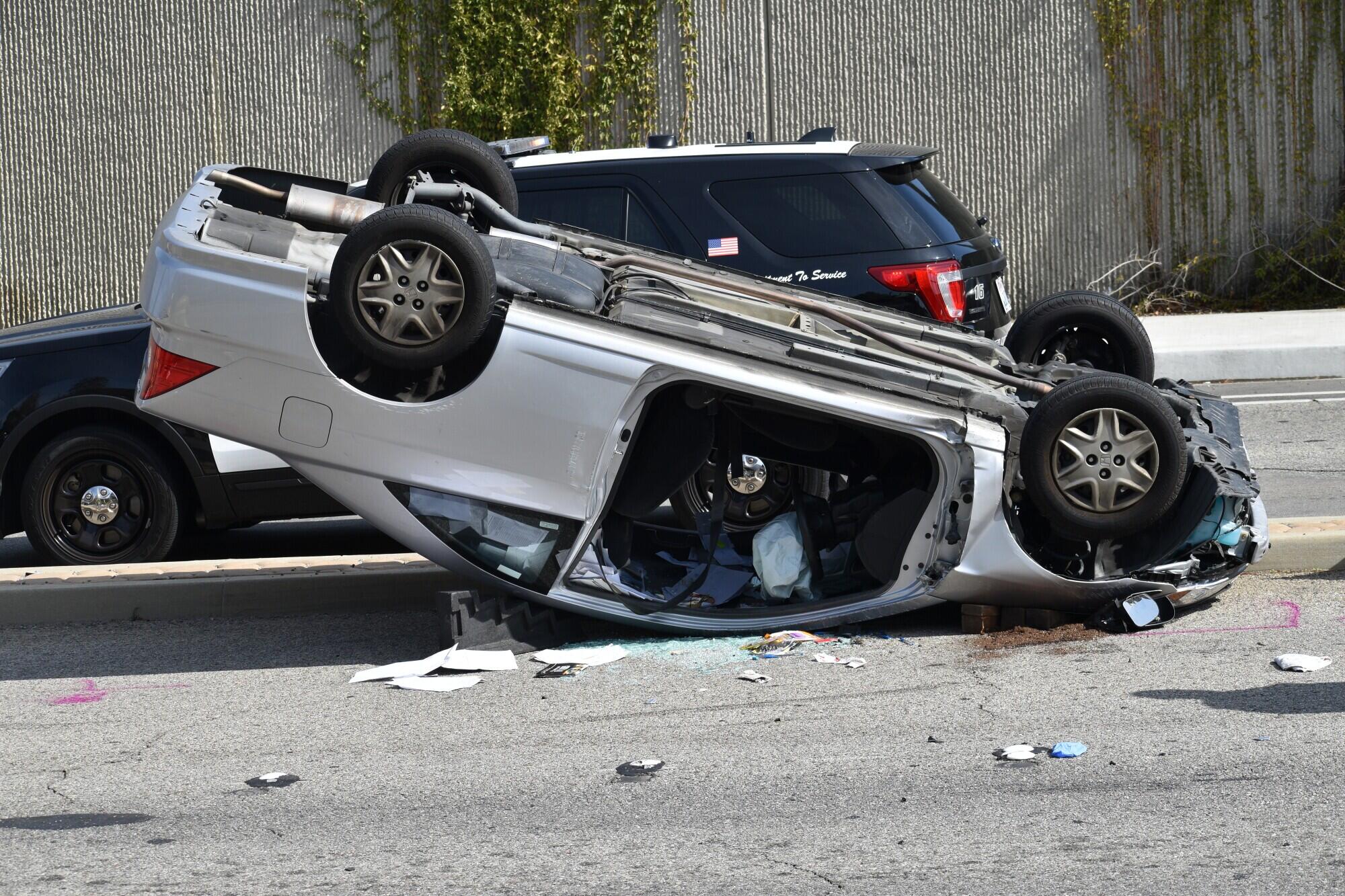
Understanding Liability: Who is Responsible in an Intersection Accident?
Have you ever wondered who’s at fault in an intersection accident? These types of accidents can be confusing and stressful, leaving drivers uncertain about liability.
Understanding who’s responsible is crucial, as it can affect insurance claims and legal outcomes. In this article, we’ll break down the factors that determine liability in an intersection accident to help you navigate any similar situation with confidence.
By the end, you’ll have a clearer understanding of your rights and responsibilities on the road.
Factors Contributing to Intersection Accidents
Intersection accidents can occur due to various factors. Here are some you should know:
Distracted Driving
Distracted driving is the main reason why crashes happen at intersections. People do this when they aren’t paying full attention to the road because they are doing something else, like texting, talking on the phone, eating, or changing the radio. When you’re not paying attention, you might miss traffic lights, other cars, or people walking. To avoid driving while sidetracked, it’s important to keep your mind on the road and both hands on the wheel. Do not use your phone or do anything else that will take your attention away from driving.
Failure To Yield Right-Of-Way
Failure to yield the right-of-way is another common cause of intersection accidents. This happens when a driver does not properly stop or wait for other vehicles or pedestrians that have the legal right to proceed first. Ignoring traffic signals or attempting to beat a red light can lead to dangerous collisions.
Drivers should always be aware of traffic signs and signals. It’s important to understand and respect the rules that determine who has the right-of-way in various scenarios to avoid accidents.
Speeding
Speeding is a significant factor that contributes to intersection accidents. When drivers exceed the posted speed limits, they have less time to react to changes in traffic signals, other vehicles, or pedestrians. High speeds also increase the severity of traffic collisions, leading to more serious injuries and damage.
To reduce the risk of accidents, it’s important to always obey speed limits and adjust your speed according to road conditions. Slowing down at intersections can give you more time to make safe decisions and avoid accidents.
Running Red Lights or Stop Signs
Running red lights or stop signs is a hazardous behavior that frequently leads to intersection accidents. Drivers who fail to stop at these signals often collide with vehicles that have the legal right to proceed. This negligence can cause severe injuries and damage to all parties involved.
To prevent these types of accidents, it’s crucial for drivers to always obey traffic signals. Stopping completely at red lights and stop signs is essential for ensuring the safety of everyone on the road.
Poor Visibility
Another thing that can cause crashes at intersections is not being able to see. It could be because of fog, heavy rain, or snow, which make it hard for drivers to see the road, traffic lights, and other cars. Also, crossings that aren’t well lit and obstacles like growing trees can make it harder to see. People who are driving should be extra careful when it’s hard to see. For example, they should use their headlights, slow down, and stay aware of their surroundings to avoid crashes.
The Impact of Intersection Accidents
Accidents at intersections can have big effects on the people involved. Injuries can range from small scrapes and bruises to serious trauma that needs medical care and maybe even long-term care. Some of the costs that people have to pay are medical bills, car repairs, and possibly higher insurance rates. These events can also make people feel stressed out. After the event, victims may have worry, fear, or post-traumatic stress disorder (PTSD). There may also be legal repercussions, such as court cases and possible fines or penalties for the driver who caused the accident.
Determining Intersection Accident Liability
To figure out who is at fault in an intersection crash, you have to look at a lot of different facts and proof. Police officers often write reports that include pictures of the accident scene, witness accounts, and where the cars were when they crashed. These records are very important for figuring out which driver might be at fault. Witnesses can be very important in figuring out who is responsible. Their stories give us a different picture of how the accident happened. These comments are used by insurance companies and lawyers to judge how credible each driver’s account is. Traffic laws and rules also help figure out who is responsible. When it comes to right-of-way, speed limits, and traffic lights, each state has its own rules. Breaking these rules can strongly point to fault in an accident at a crossing.
Seeking Legal Assistance and Filing a Personal Injury Claim
If you are hurt in an accident at a crossing, getting legal help can help protect your rights and best interests. You can file a claim with the help of a personal injury lawyer, who will also make sure that you get fair pay. They can also help you get proof and talk to insurance companies on your behalf. To file a personal injury claim, you need to keep records of your injuries and other losses. You’ll have to give them medical papers, quotes for repairs, and anything else they need. This proof strengthens your claim and raises your chances of getting a settlement that pays for all of your costs.
If you or someone you know has been involved in an accident due to impaired driving, contact the best car accident attorney to understand your legal options and rights. They can help you navigate the legal proceedings and ensure that you receive proper compensation for your injuries and damages.
Navigate the Legal Maze After an Intersection Accident With Clarity
Dealing with an intersection accident can be daunting, but knowing the causes and how liability is determined can make the process less stressful. Remember to always follow traffic rules, stay alert, and seek legal assistance if needed.
By understanding your rights and responsibilities, you can drive more confidently and handle any intersection accident with greater clarity and peace of mind. Prioritize safety to protect yourself and others on the road.
Was this article helpful to you? If so, make sure to check out our blog for more useful information and resources.








